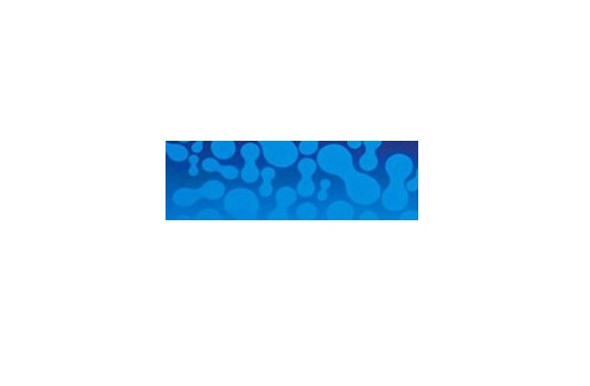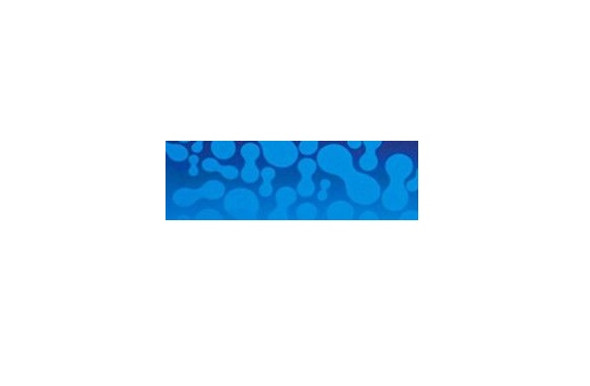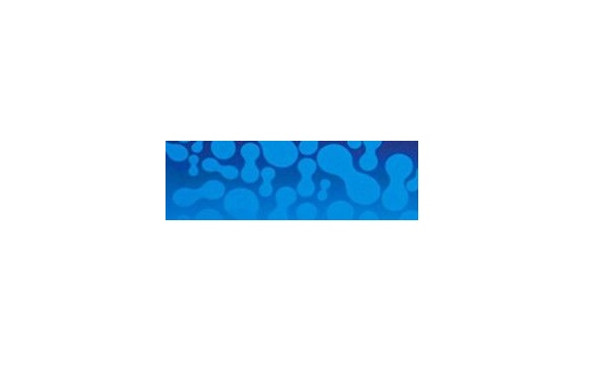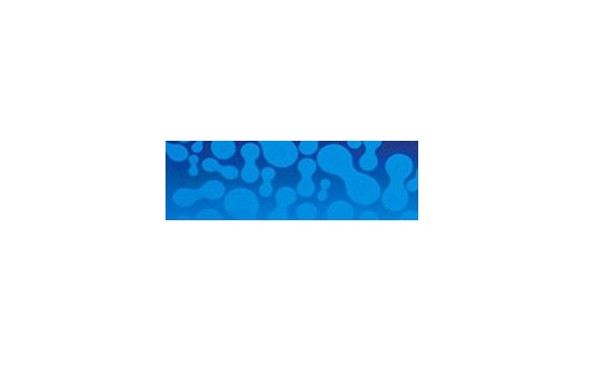Description
Recombinant Rhesus macaque IFNAR1 Protein (His Tag) | PKSQ050073 | Gentaur US, UK & Europe Disrtribition
Synonyms: Alpha-type antiviral protein; AVP; beta-type antiviral protein; CRF2-1; Cytokine receptor class-II member 1; Cytokine receptor family 2 member 1; human interferon-alpha receptor (HuIFN-alpha-Rec)10IFRC; IFN-alpha/beta R1; IFN-alpha/beta receptor 1; IFN-alpha-REC; IFNAR; IFNAR1; IFN-aR1; IFNBR; IFNbR1; IFN-bR1; IFN-R-1
Active Protein: N/A
Activity: Recombinant Rhesus macaque IFNAR1 is produced by our Mammalian expression system and the target gene encoding Ala25-Lys437 is expressed with a 6His tag at the C-terminus.
Protein Construction: Recombinant Rhesus macaque IFNAR1 is produced by our Mammalian expression system and the target gene encoding Ala25-Lys437 is expressed with a 6His tag at the C-terminus.
Fusion Tag: C-His
Species: Rhesus macaque
Expressed Host: Human Cells
Shipping: This product is provided as lyophilized powder which is shipped with ice packs.
Purity: > 95 % as determined by reducing SDS-PAGE.
Endotoxin: < 1.0 EU per μg as determined by the LAL method.
Stability and Storage: Generally, lyophilized proteins are stable for up to 12 months when stored at -20 to -80℃. Reconstituted protein solution can be stored at 4-8℃ for 2-7 days. Aliquots of reconstituted samples are stable at < -20℃ for 3 months.
Molecular Mass: 48.4 kDa
Formulation: Lyophilized from a 0.2 μm filtered solution of PBS, pH 7.4.
Reconstitution: Please refer to the printed manual for detailed information.
Background: Interferon?alpha/beta receptor 1 (IFN? alpha / beta R1), also known as IFNAR1, are present in all tissues and even on the surface of most IFN-resistant cells. Isoform 1, isoform 2 and isoform 3 are expressed in the IFN-alpha sensitive myeloma cell line U266B1. Isoform 2 and isoform 3 are expressed in the IFN-alpha resistant myeloma cell line U266R. Isoform 1 is not expressed in IFN-alpha resistant myeloma cell line U266R. It interacts with STAT1 and STAT2, the interaction requires its phosphorylation at Tyr-466. It also interacts with FBXW11, the substrate recognition component of a SCF (SKP1-CUL1-F-box protein) E3 ubiquitin-protein ligase complex.
Research Area: N/A






